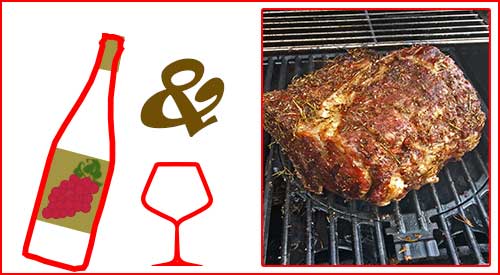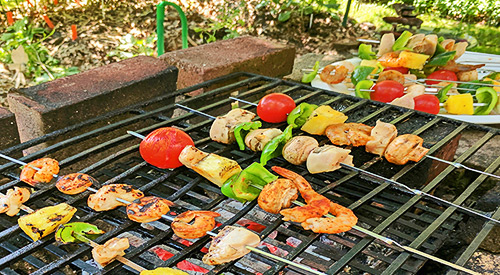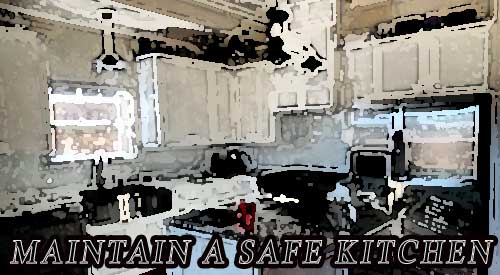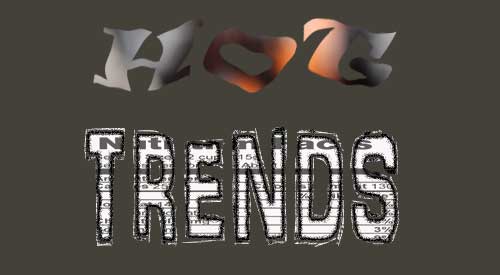Wed 14 Aug 2019
Wines to Pair with Smoked Meats
Posted by DrSmokeRead other related stories: General Smoking Information , Guest bloggers
No Comments

Wines to pair with your smoked Meat is important but not easy!
Great Sustainable Wines To Pair With Your Smoked Meat Guest blog by — Kylee Harris is an events planner and writer who is a strong advocate of allergy awareness.

listen to our blog regarding wood chips for smoking
She has also expanded her mission to stress the importance of food safety not just in events, but in her community. She also has a great eye for current interests and finds great ways to tie wood fired foods and sustainable food practices together.
Back in 2015, only 6% of consumers said that their first choice of wine would be a bottle that is produced in a sustainable way. This figure has been steadily rising. The 2018 American Wine Consumers Survey even showed that customers are willing to pay $3 more for a sustainable option. They want an environmentally-conscious wine that has been made from ethically grown grape varieties. The farming process is pesticide free and even bottling the wine is done in a way that won’t cause harm to the environment. It has even been suggested (although not proved as yet) that sustainable, organic wine can prevent a hangover. You’re more than welcome to test out this theory – and even better, you can pair the wine with some delicious smoked meat.
Wines to Pair- Maple-Smoked Pork Chops
Pairing your wine with smoked meat, is all about complimenting the delicate smoky flavor of the wood used. Maple-smoked meat will naturally have a slightly sweet and fragrant taste. This can be achieved by using maple woodchips in your barbecue or smoker. In order to contrast the sweet maple taste and the white umami flavor of pork, you should pair your meal with a sharp and zingy white wine. Benziger Family Winery
in Sonoma county have a few delicious and fresh Chardonnay options, including the Coelo Chardonnay and the West Rows Chardonnay. Perfect for a barbecue on a hot summer’s day with friends and family. Don’t forget you can also buy sustainable wines by the can – this makes it so easy to keep cool when you’re having a garden party. Everyone can help themselves.
Wines to Pair- White Oak Smoked Venison
The strong and almost pungent aromas of white oak are best paired with a dark, gamey meat that can hold its own. Duck breast, pigeon and venison are good choices. The white oak adds a complimentary bitterness that balances well with the rich flavors. A hearty sustainable red wine is a good option with smoked white oak. Silver Oak Vineyard in Napa Valley have a fruity and dark Cabernet Sauvignon that pairs beautifully with White Oak smoked dark meat. New York’s sustainable Red Tail Ridge Winery offer a tangy Teroldego,

which is similar to Syrah that is a great partner to White Oak smoked venison.
Wines to Pair- Alder-Smoked Seabass
The mild flavor profile of alder makes it the perfect wood choice to smoke fish with – particularly slightly salty seabass. The taste of the alder itself adds a slightly sweet taste to the fish, even if it is only smoked for a short amount of time. Pairing alder with a sustainable wine is easy. A good Prosecco or sparkling wine will work well – look for something dry and fresh. Left Coast Cellars in Oregon have a lively Blanc de Noir

that is perfect with alder. It adds citrus notes of lemon and pineapple, which complement the taste of the smoke and the fish well.
There are an increasing number of vineyards and suppliers in America offering truly sustainable wine. Pair something tasty and delicious with your smoked meat and enjoy a great meal.

More blogs you may enjoy:
–Sip ‘Em If You Got ‘Em: Smoked Whiskey Cocktails And Meat
-HOW TO MAKE THE BEST SMOKY COCKTAILS
–How To Maintain A Safe Kitchen Environment





